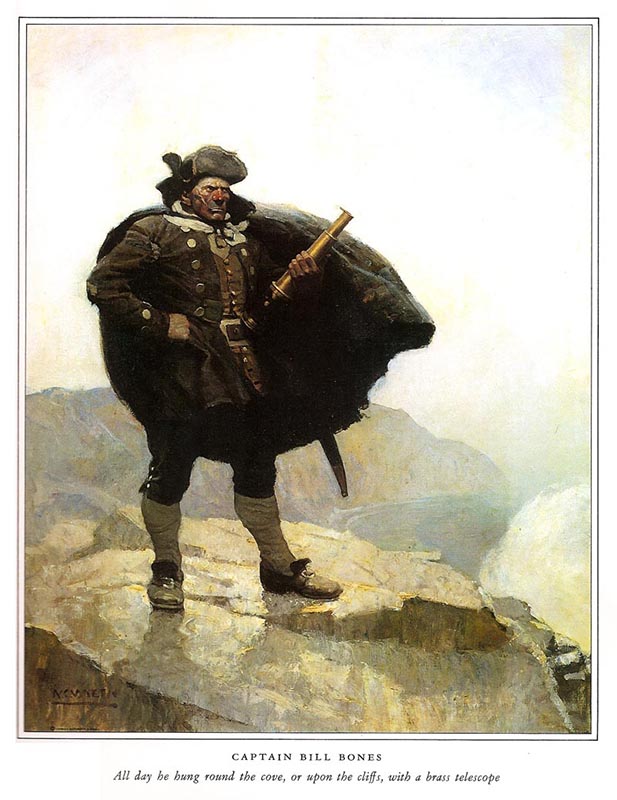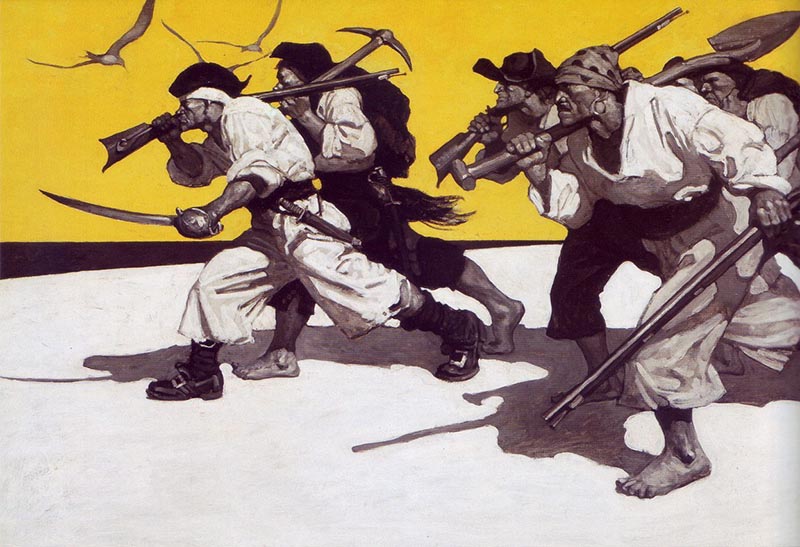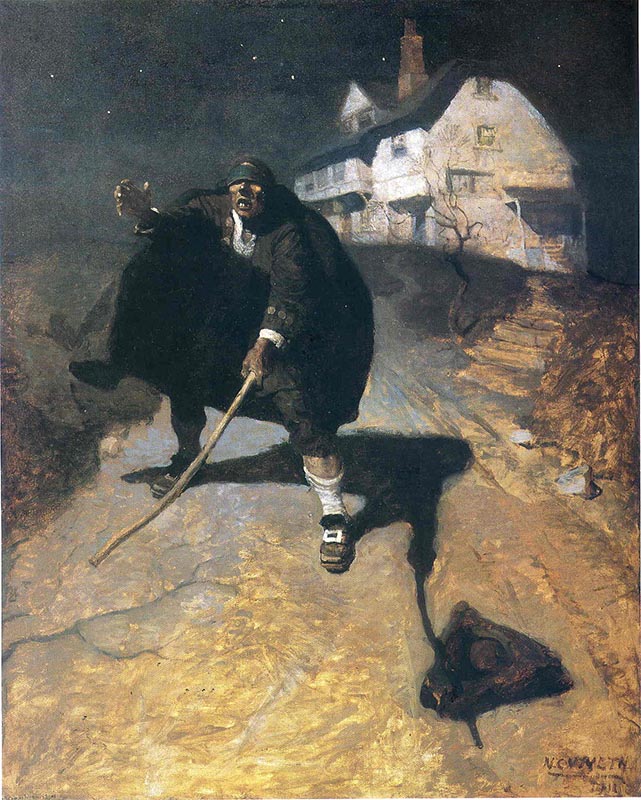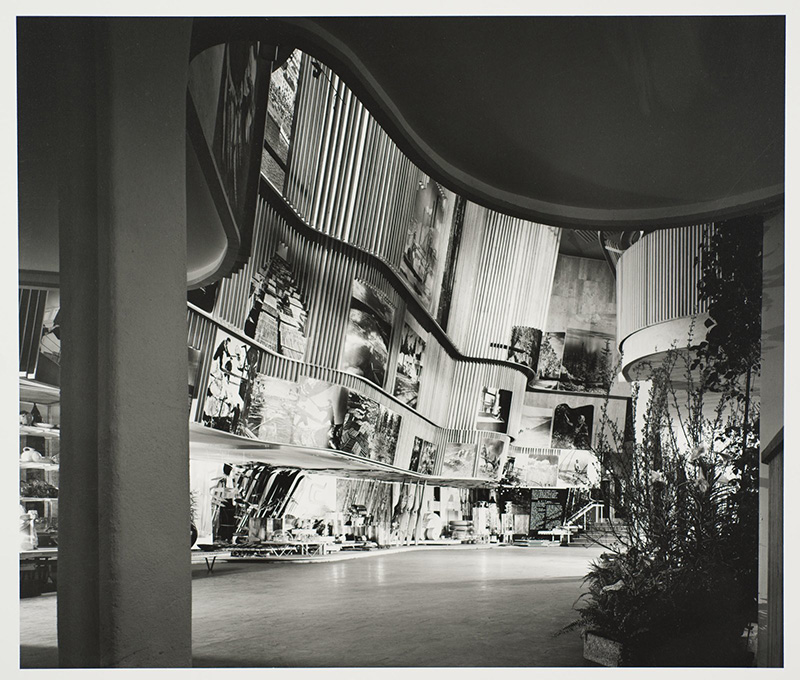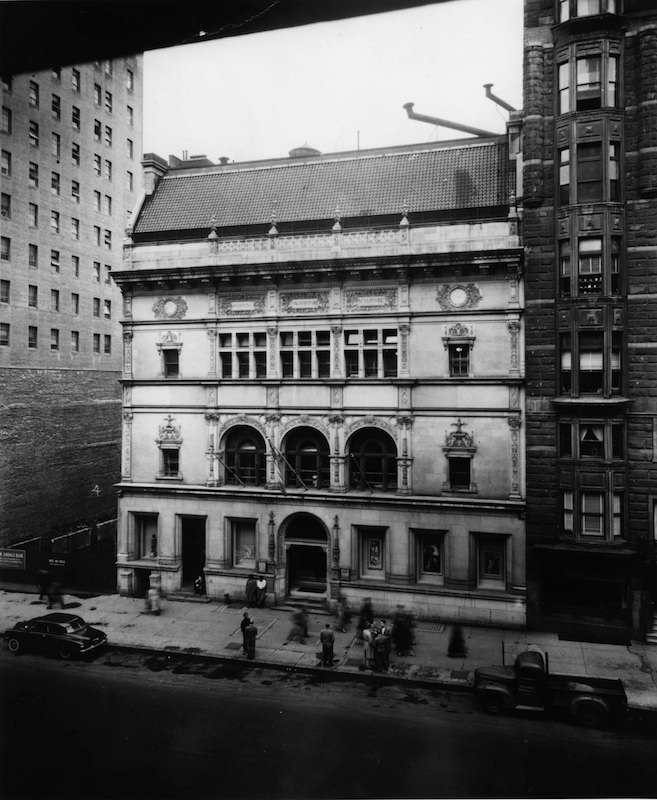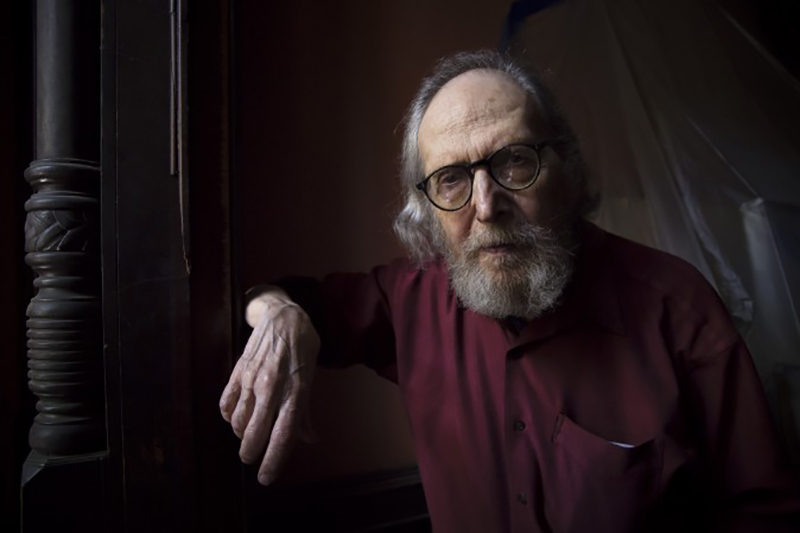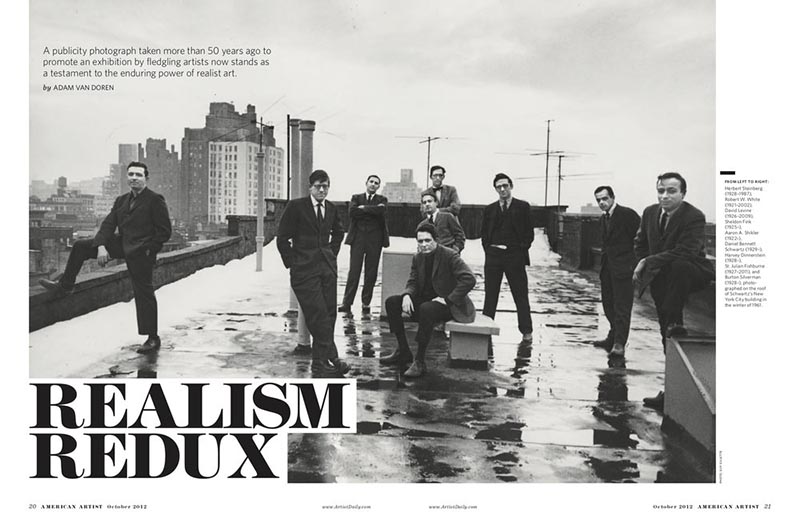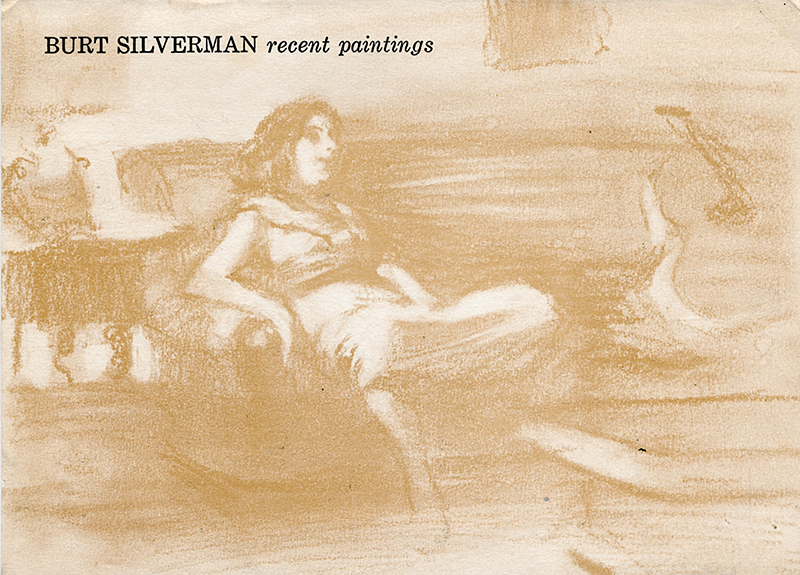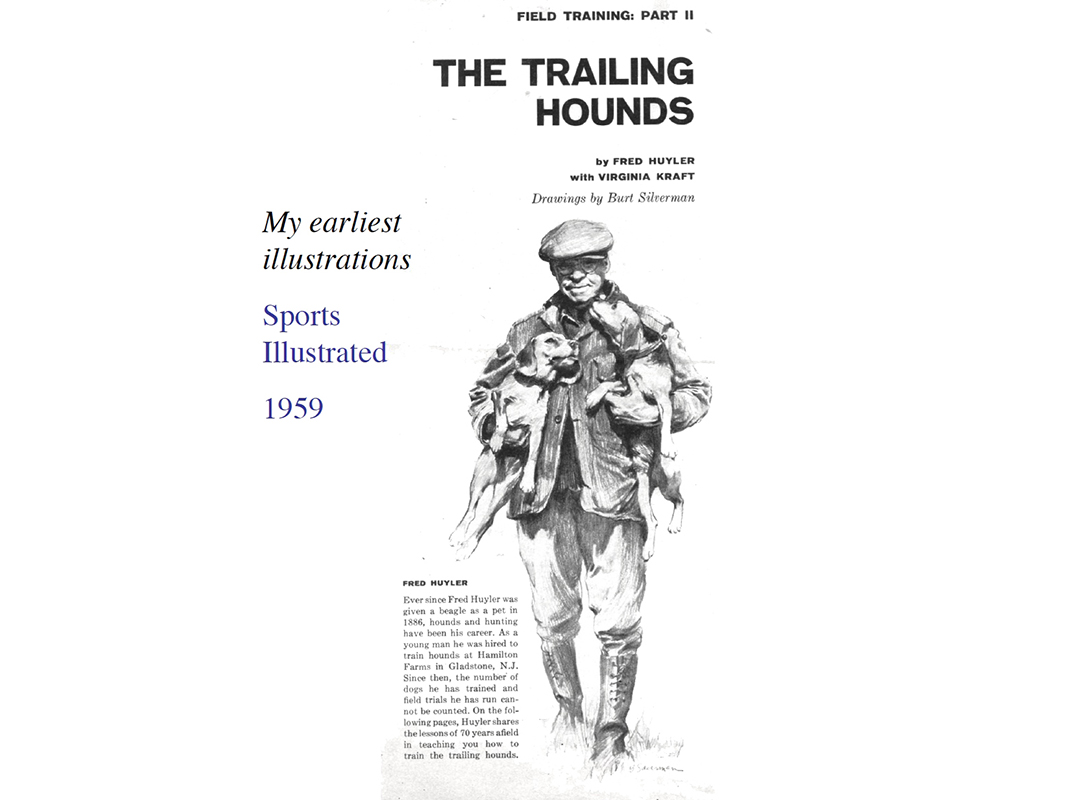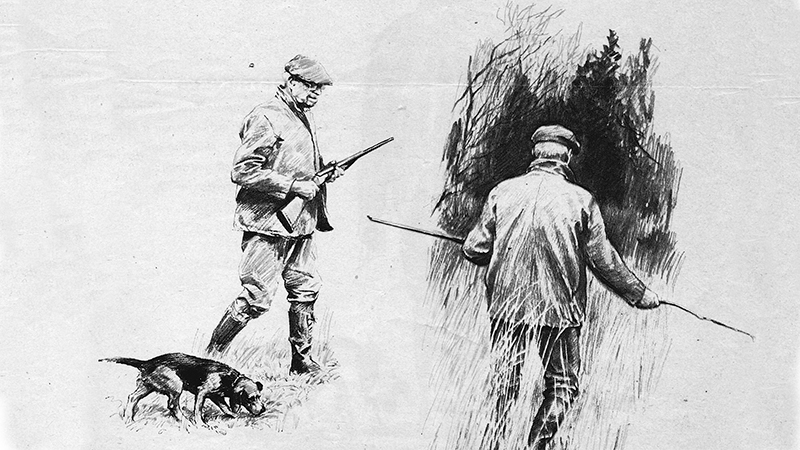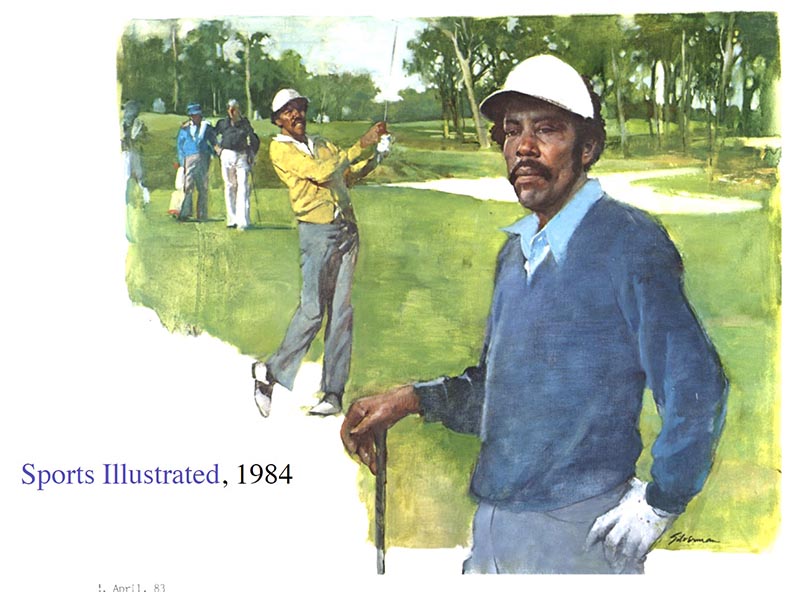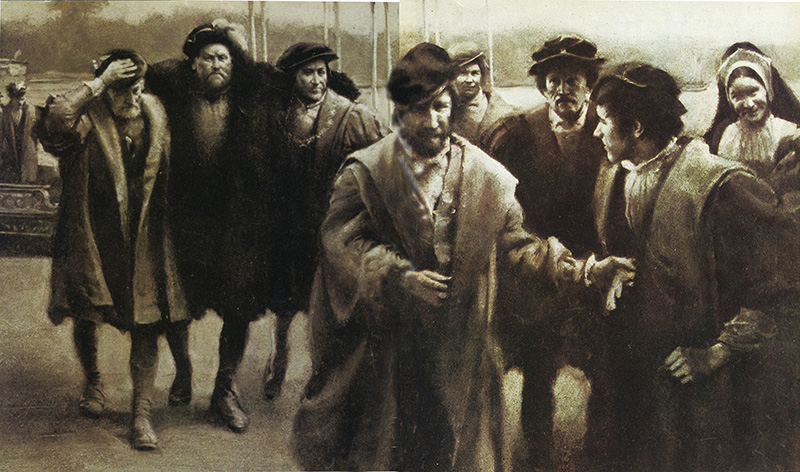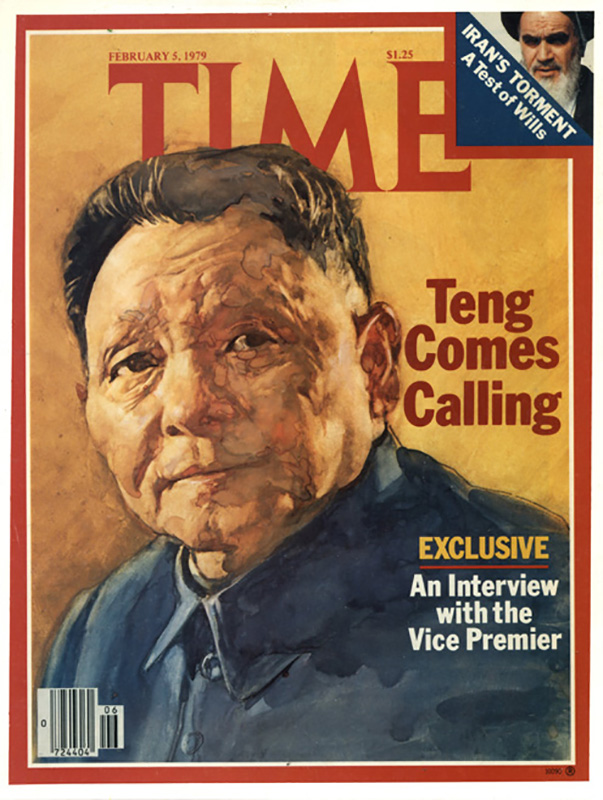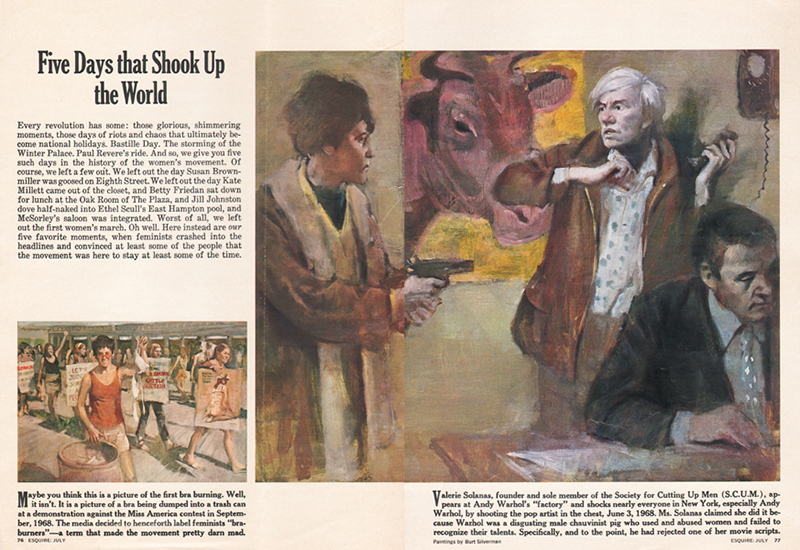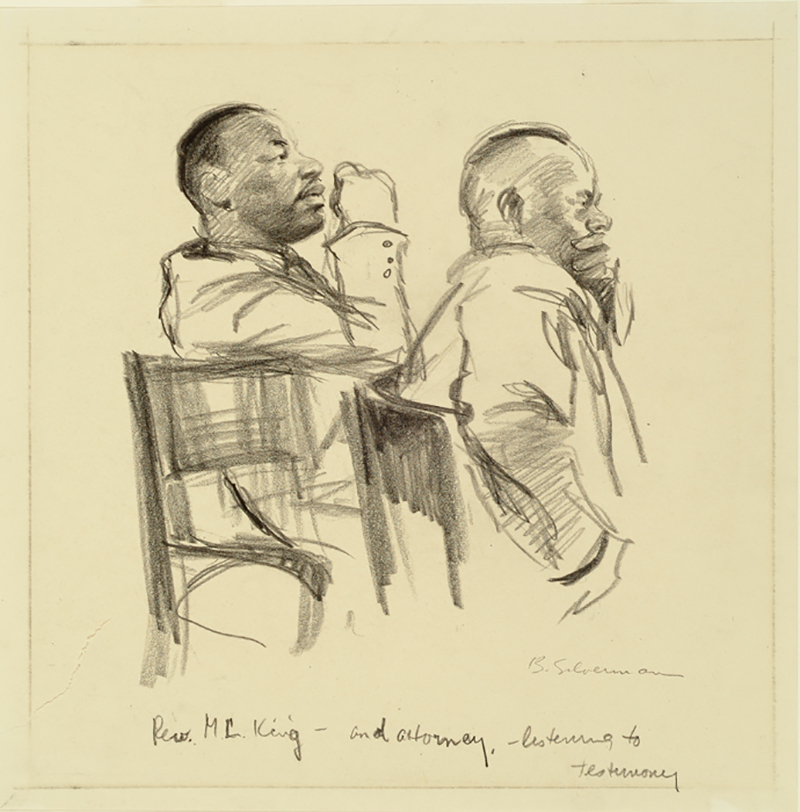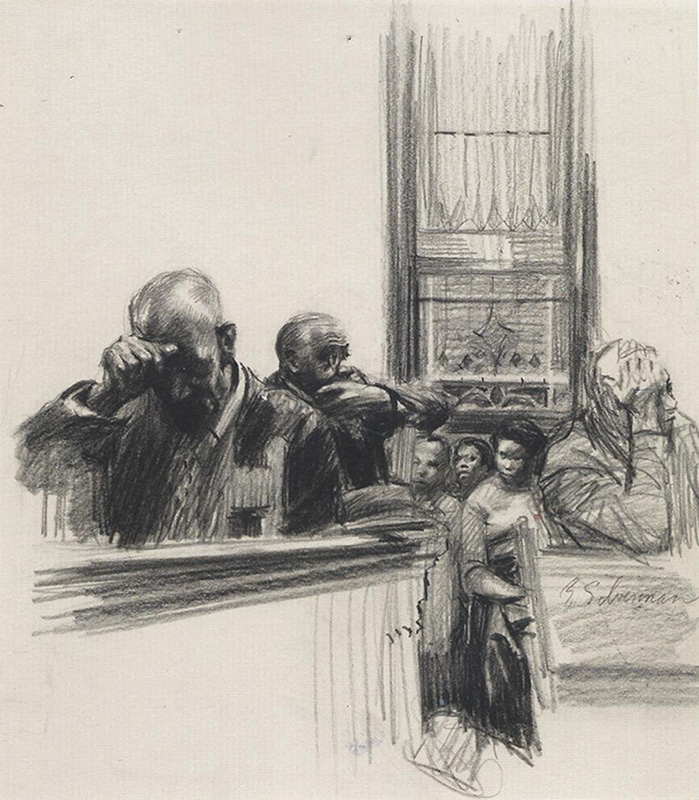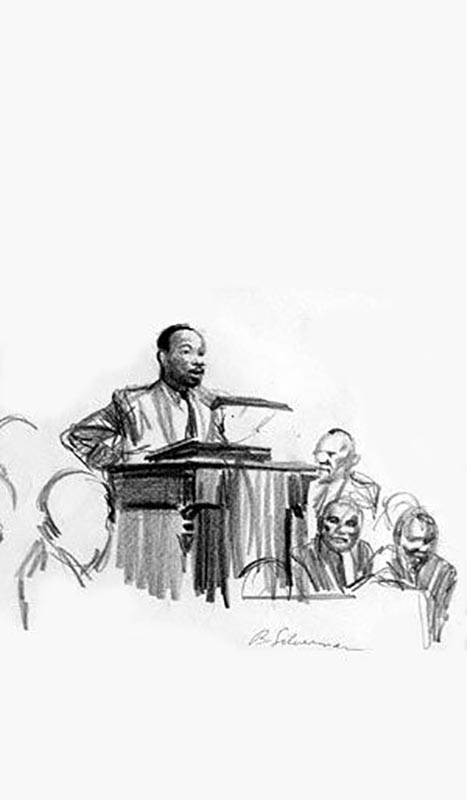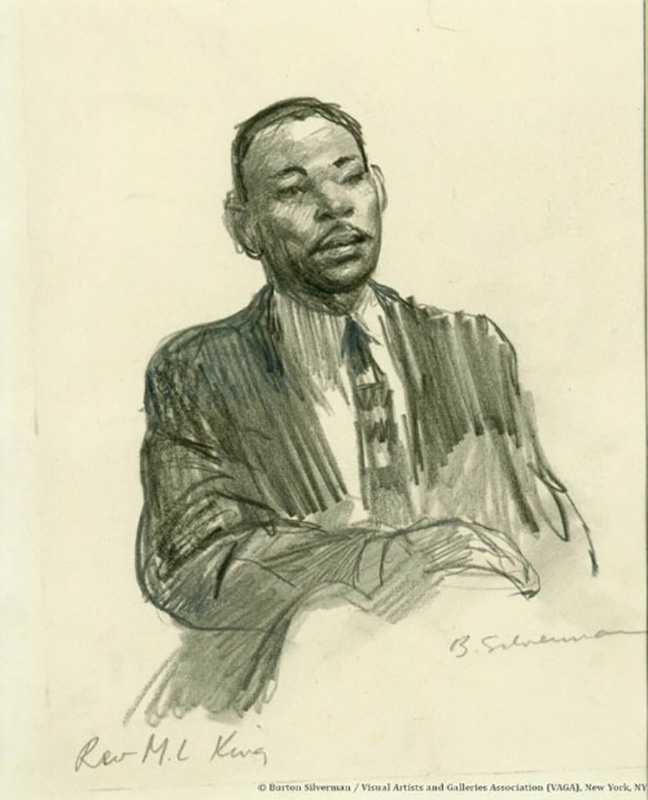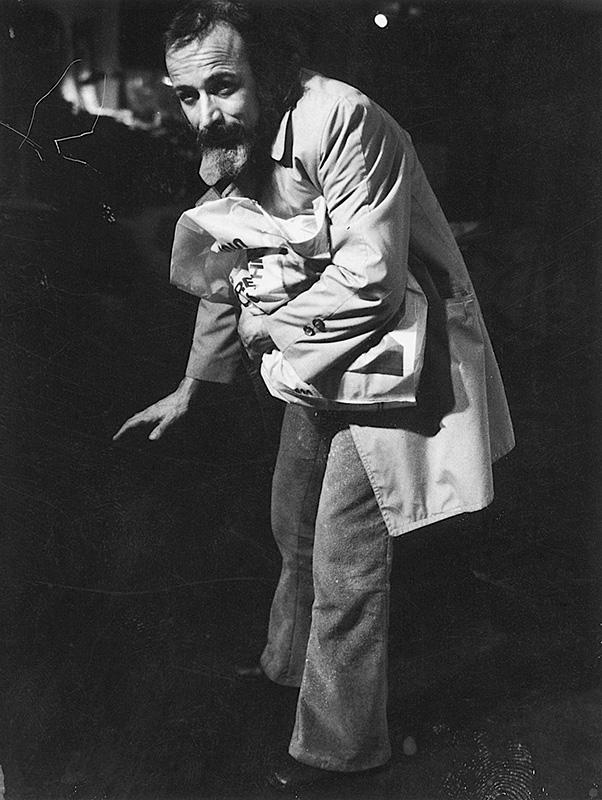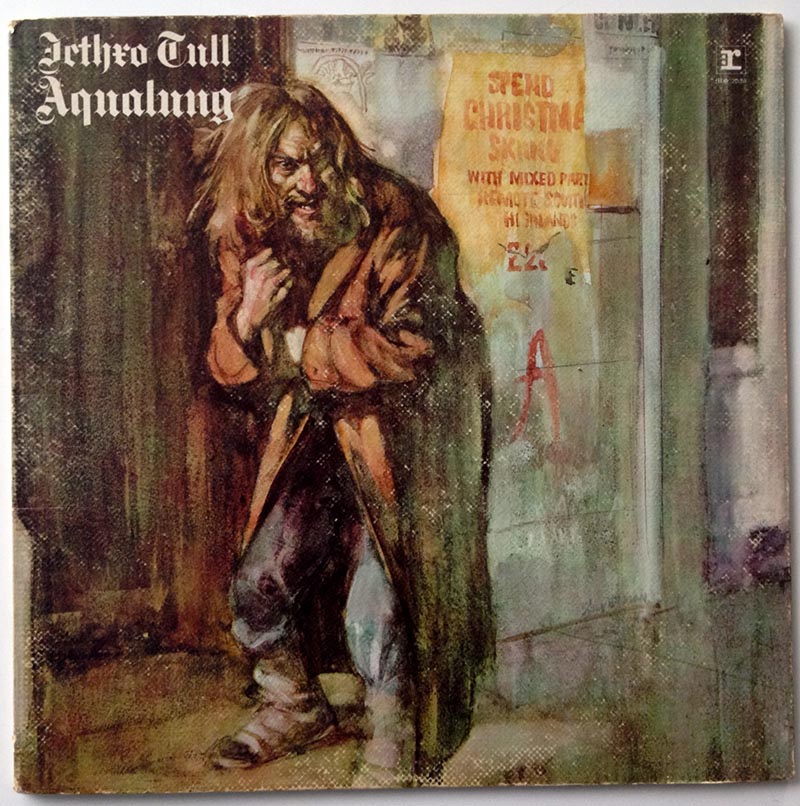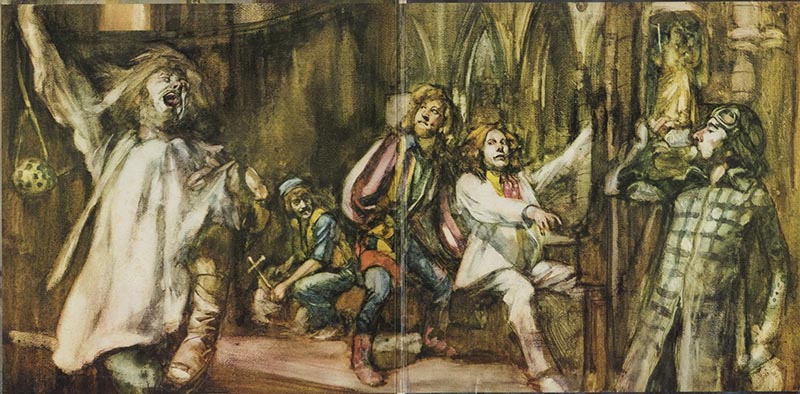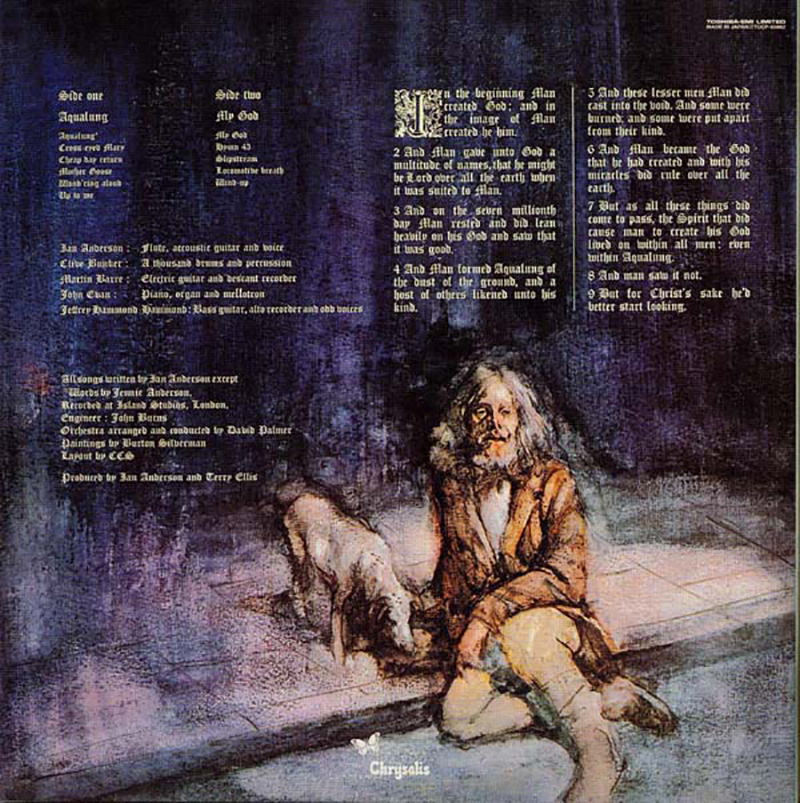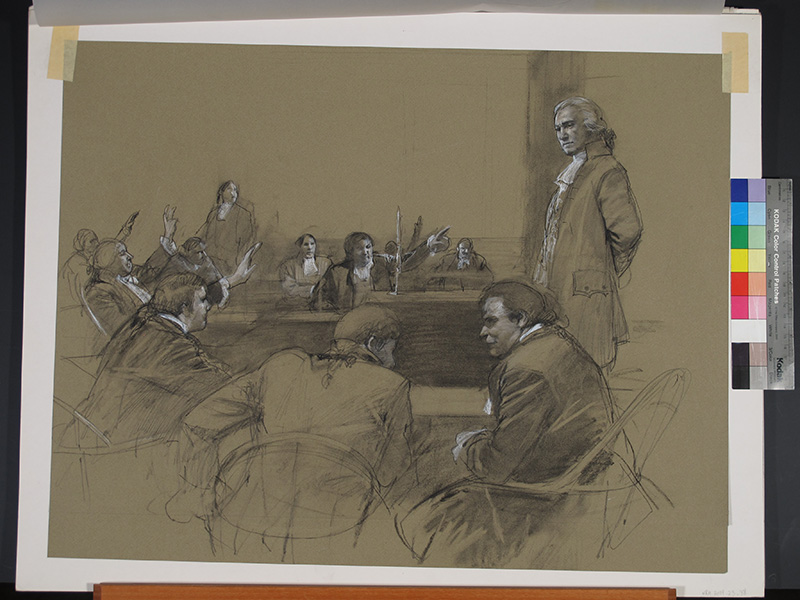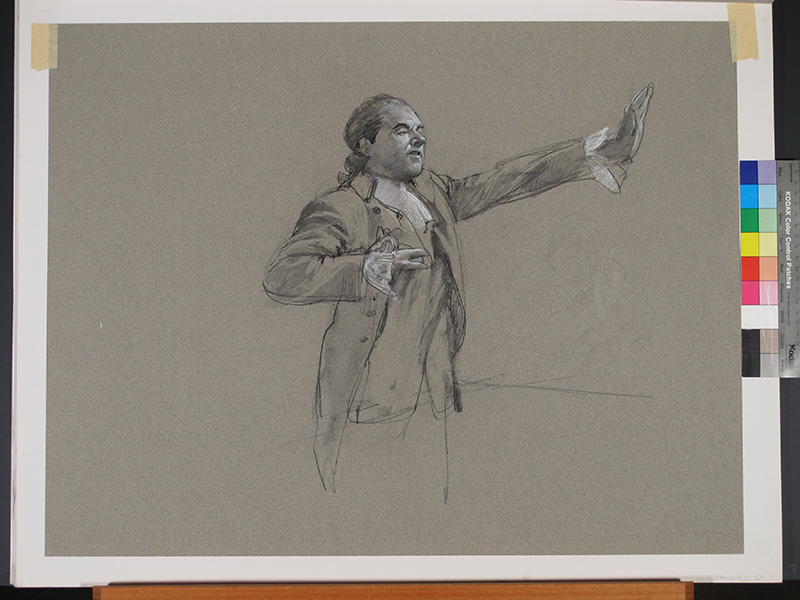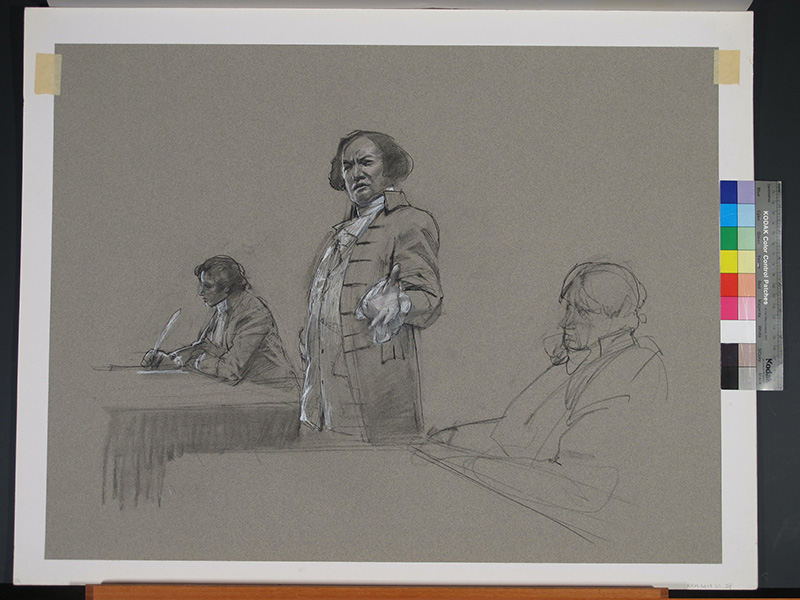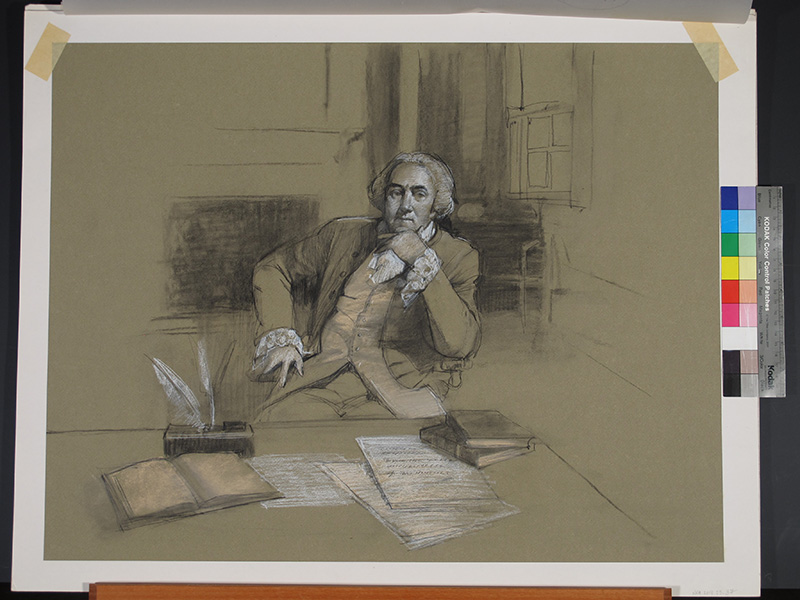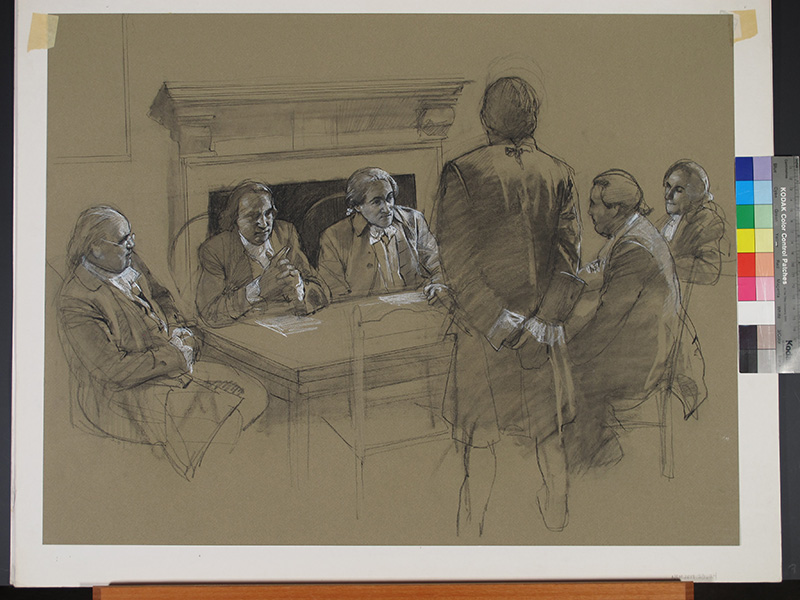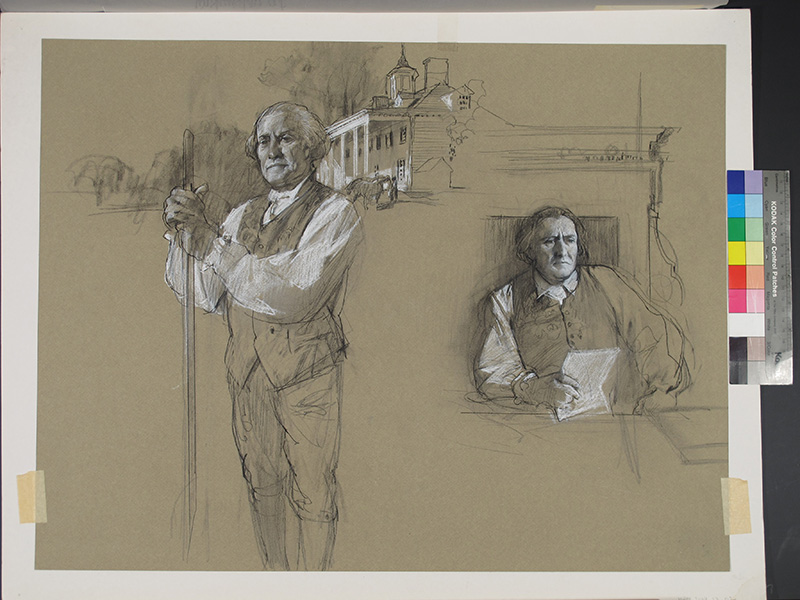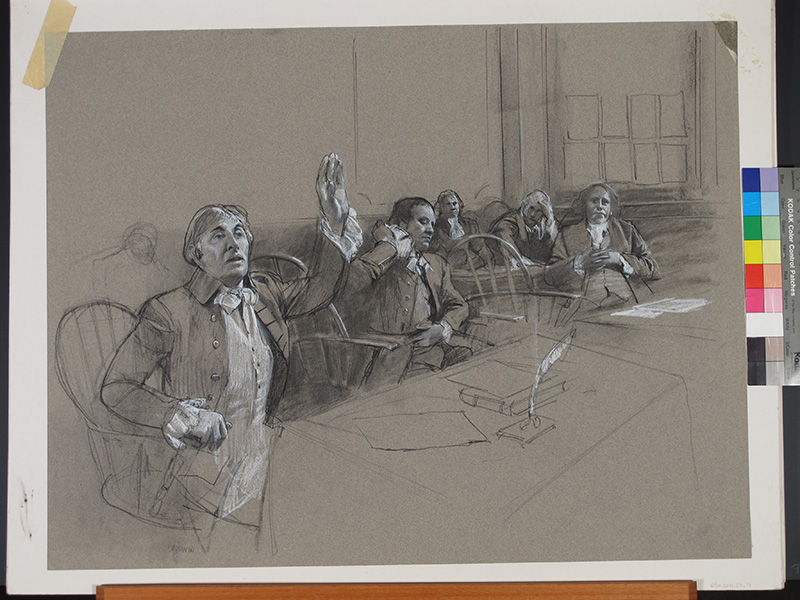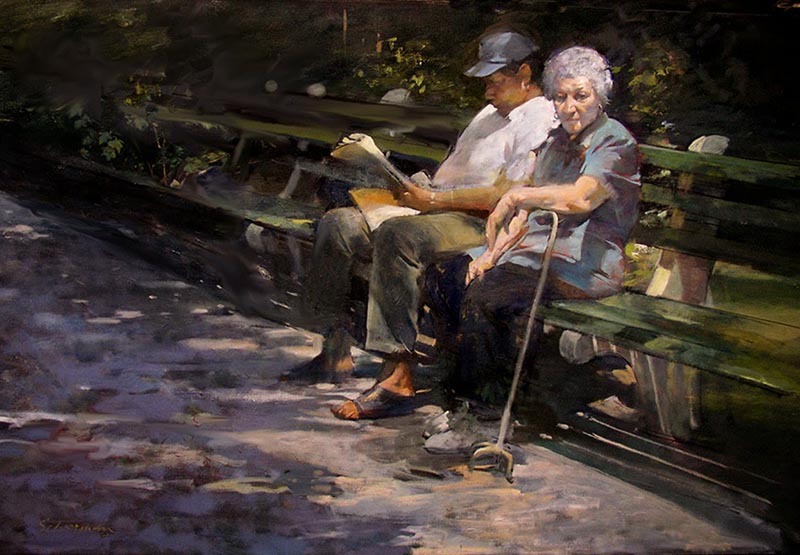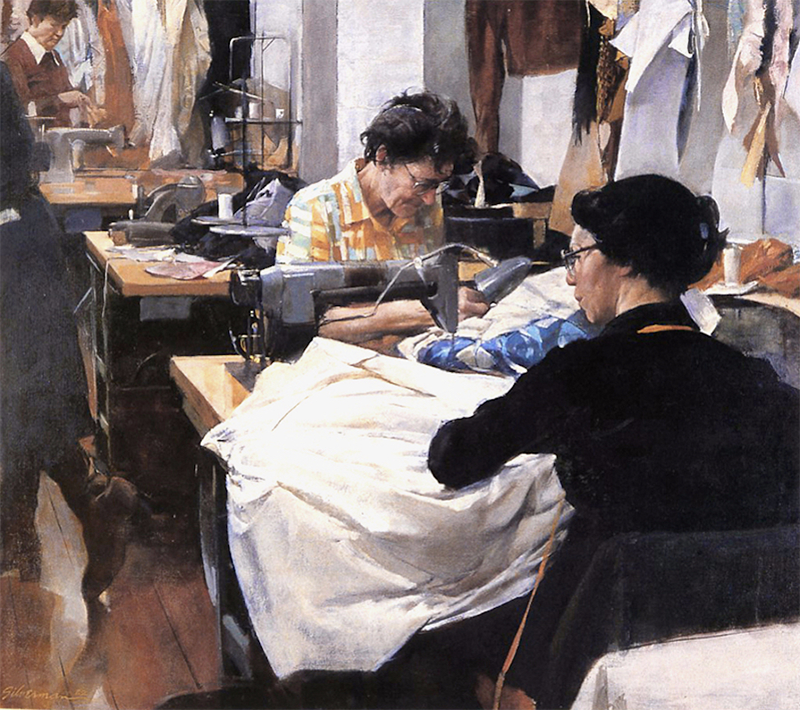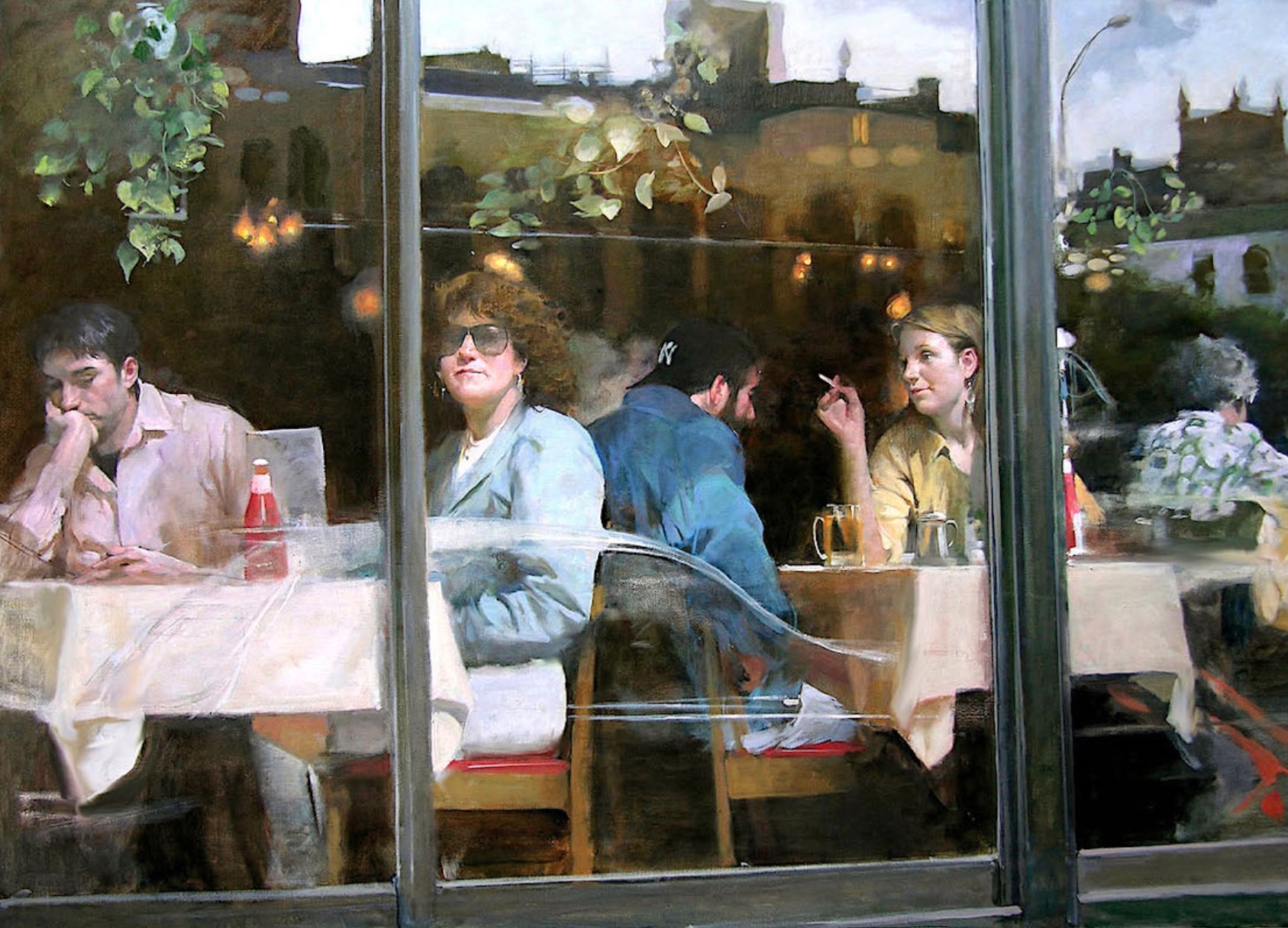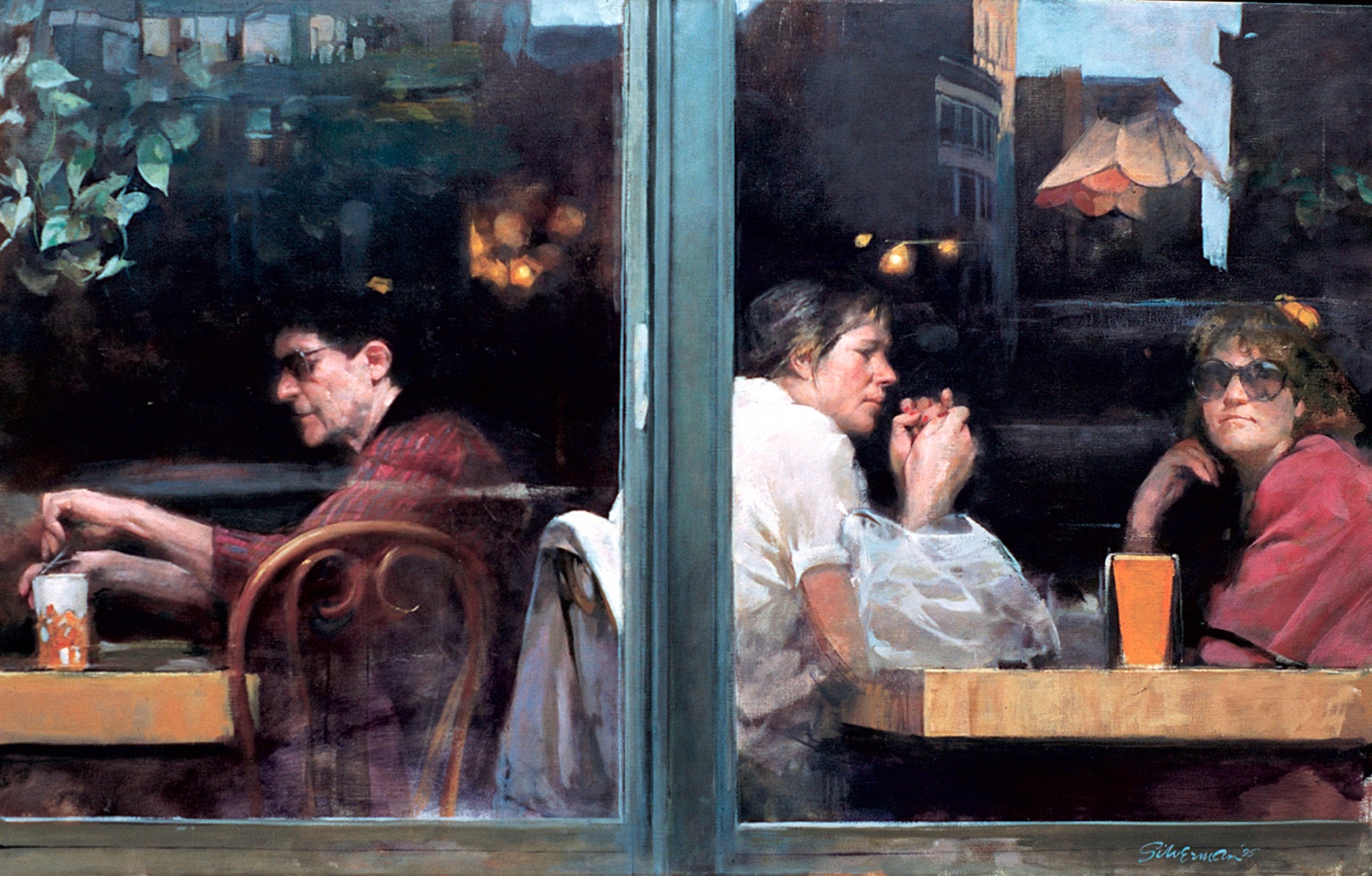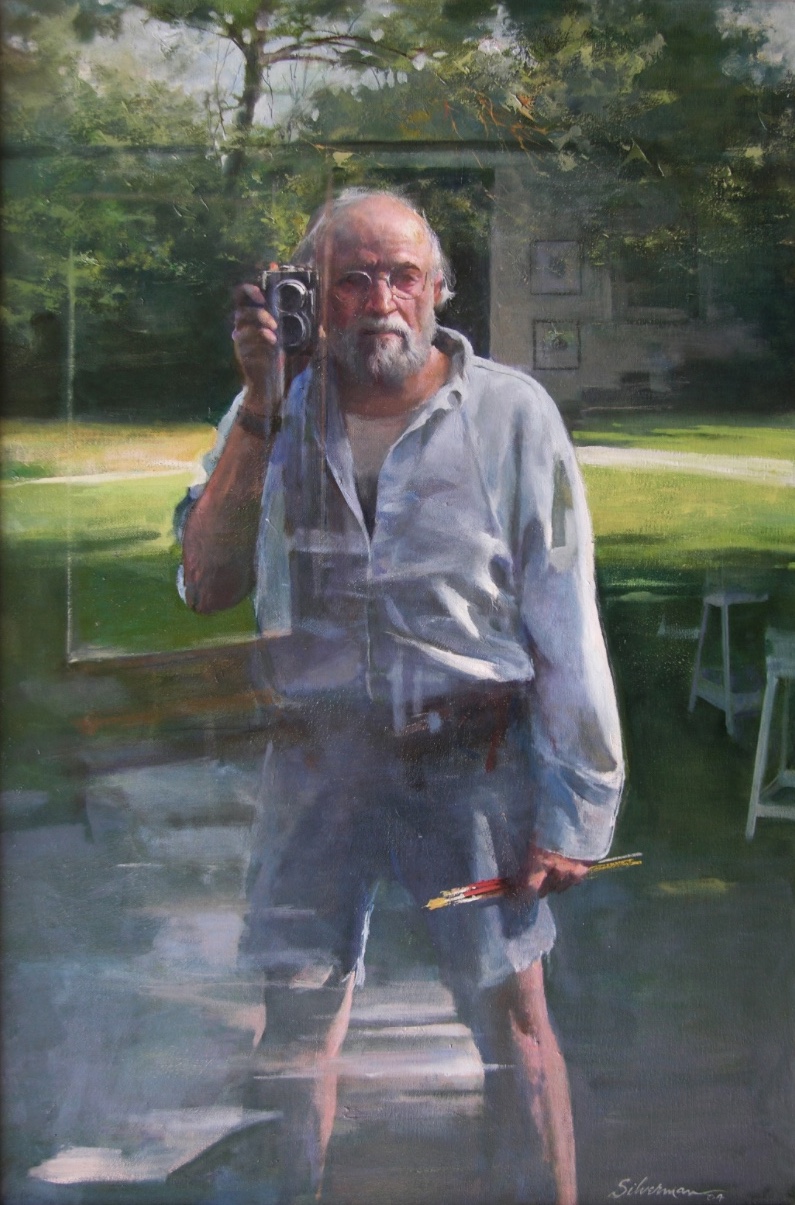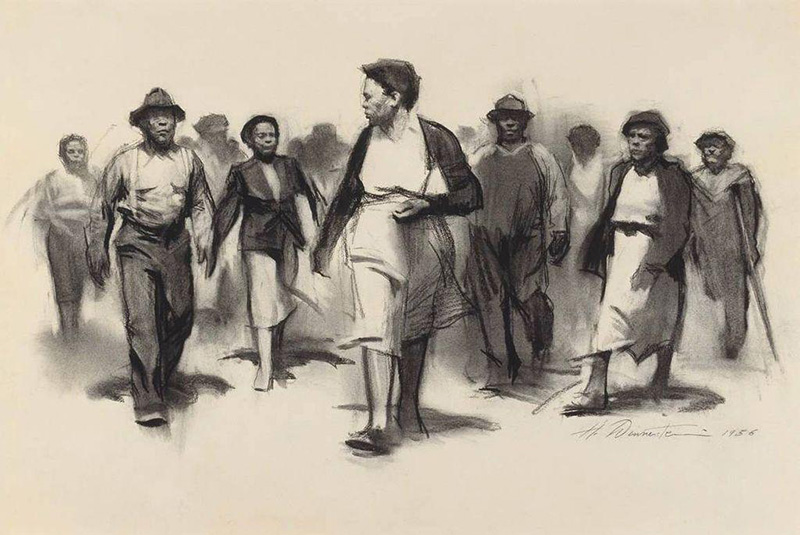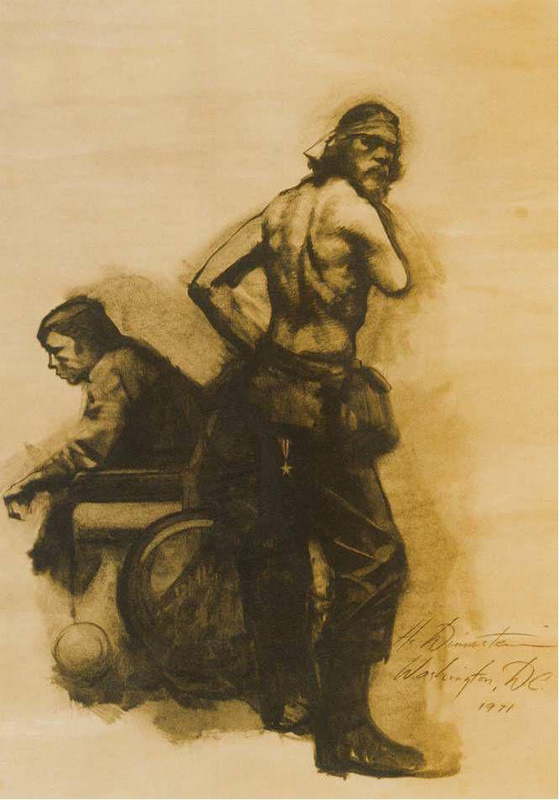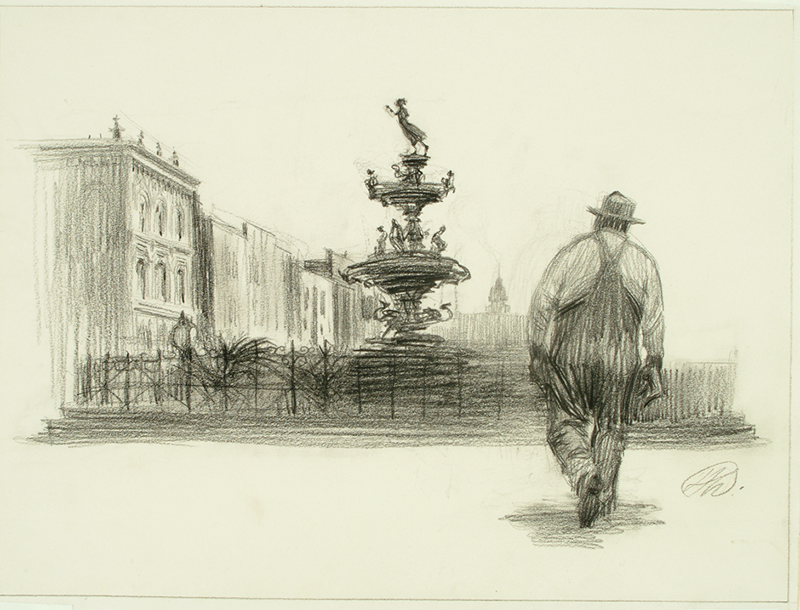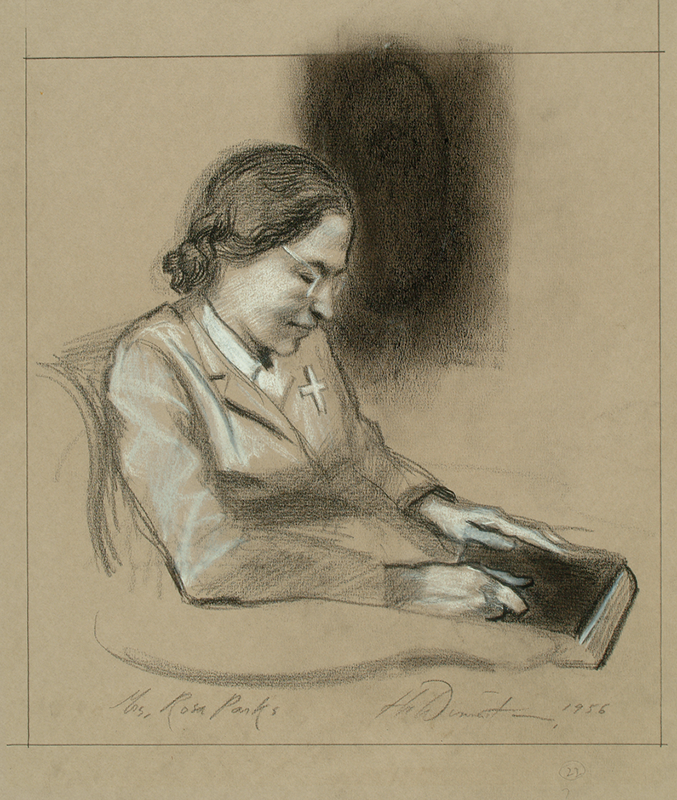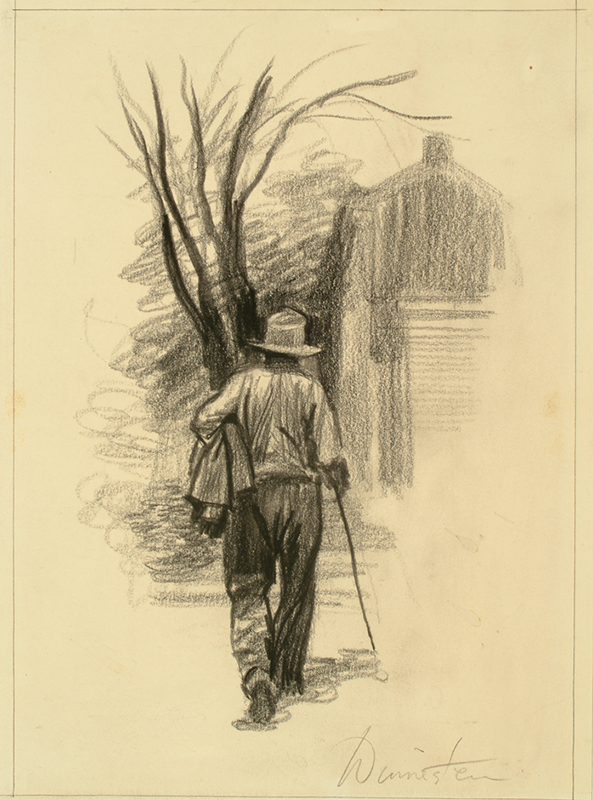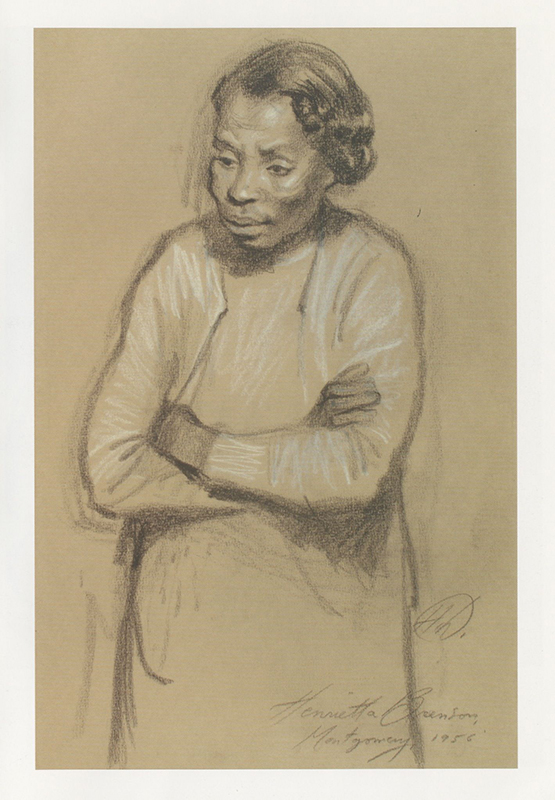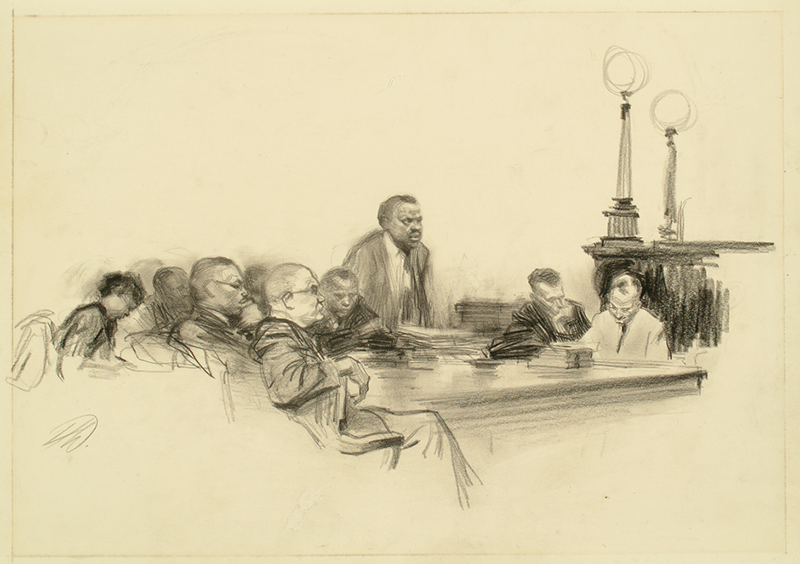Episode 11: Burton Silverman
VIDEO
IMAGE GALLERY
Burton Silverman
(American, 1928 -)
Saturday in September – the debate continues, 1987
Pastel and pencil on tonal paper
Book illustration for Moyers; Report from Philadelphia, The Constitutional Convention of 1787
by Bill Moyers, Ballantine Books, November 1987
Norman Rockwell Museum Collection,
Museum purchase with funds from the Audrey Love Charitable Foundation
and Wendy and Stephen Shalen, NRM.2019.23.38
Copyright 1987 – Burton Silverman
Burton Silverman
(American, 1928 -)
Wednesday, July 25, 1787 (Elbridge Gerry), 1987
Pastel and pencil on tonal paper
Book illustration for Moyers; Report from Philadelphia, The Constitutional Convention of 1787
by Bill Moyers, Ballantine Books, November 1987
Norman Rockwell Museum Collection,
Museum purchase with funds from the Audrey Love Charitable Foundation
and Wendy and Stephen Shalen, NRM.2019.23.23
Copyright 1987 – Burton Silverman
Burton Silverman
(American, 1928 -)
Thursday, August 9, 1787 (Gouverneur Morris), 1987
Pastel and pencil on tonal paper
Book illustration for Moyers; Report from Philadelphia, The Constitutional Convention of 1787
by Bill Moyers, Ballantine Books, November 1987
Norman Rockwell Museum Collection,
Museum purchase with funds from the Audrey Love Charitable Foundation
and Wendy and Stephen Shalen, NRM.2019.23.29
Copyright 1987 – Burton Silverman
Burton Silverman
(American, 1928 -)
Friday, September 14, 1787 (John Adams), 1987
Pastel and pencil on tonal paper
Book illustration for Moyers; Report from Philadelphia, The Constitutional Convention of 1787
by Bill Moyers, Ballantine Books, November 1987
Norman Rockwell Museum Collection,
Museum purchase with funds from the Audrey Love Charitable Foundation
and Wendy and Stephen Shalen, NRM.2019.23.37
Copyright 1987 – Burton Silverman
Burton Silverman
(American, 1928 -)
Thursday, July 26, 1787 (Benjamin Franklin, George Mason, and Elbridge Gerry), 1987
Pastel and pencil on tonal paper
Book illustration for Moyers; Report from Philadelphia, The Constitutional Convention of 1787
by Bill Moyers, Ballantine Books, November 1987
Norman Rockwell Museum Collection,
Museum purchase with funds from the Audrey Love Charitable Foundation
and Wendy and Stephen Shalen, NRM.2019.23.24
Copyright 1987 – Burton Silverman
Burton Silverman
(American, 1928 -)
May 25, 1787 (George Washington), 1987
Pastel and pencil on tonal paper
Book illustration for Moyers; Report from Philadelphia, The Constitutional Convention of 1787
by Bill Moyers, Ballantine Books, November 1987
Norman Rockwell Museum Collection,
Museum purchase with funds from the Audrey Love Charitable Foundation
and Wendy and Stephen Shalen, NRM.2019.23.02
Copyright 1987 – Burton Silverman
Burton Silverman
(American, 1928 -)
Monday, July 2, 1787 (Abraham Baldwin), 1987
Pastel and pencil on tonal paper
Book illustration for Moyers; Report from Philadelphia, The Constitutional Convention of 1787
by Bill Moyers, Ballantine Books, November 1987
Norman Rockwell Museum Collection,
Museum purchase with funds from the Audrey Love Charitable Foundation
and Wendy and Stephen Shalen, NRM.2019.23.14
Copyright 1987 – Burton Silverman


